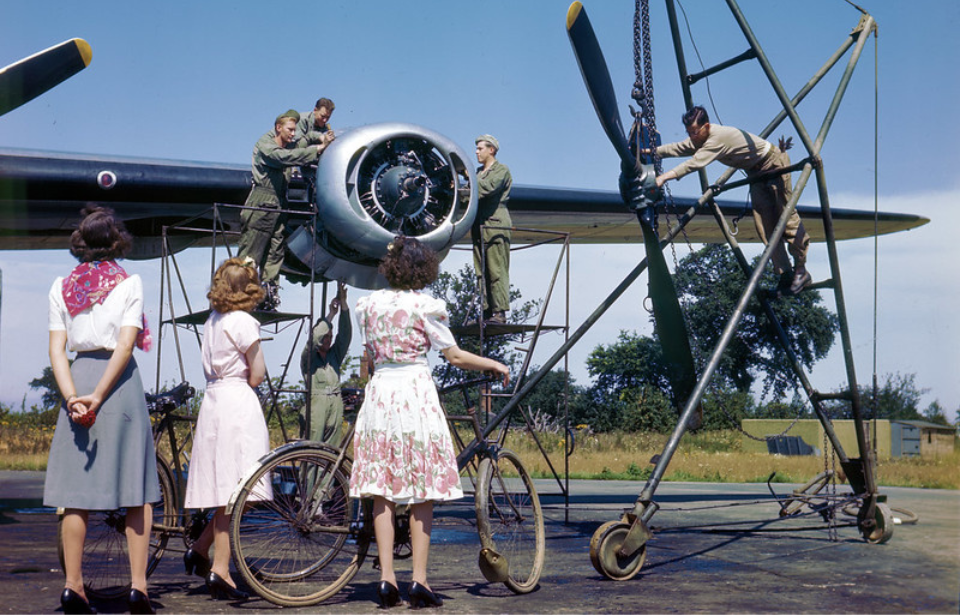Photography during the Second World War is often thought of as only in black and white, which is an easy association to make, as the majority of images taken during the conflict are in this medium. However, it might surprise you to learn the first color photos ever produced came long before the war even began, in the mid-to-late 1800s.
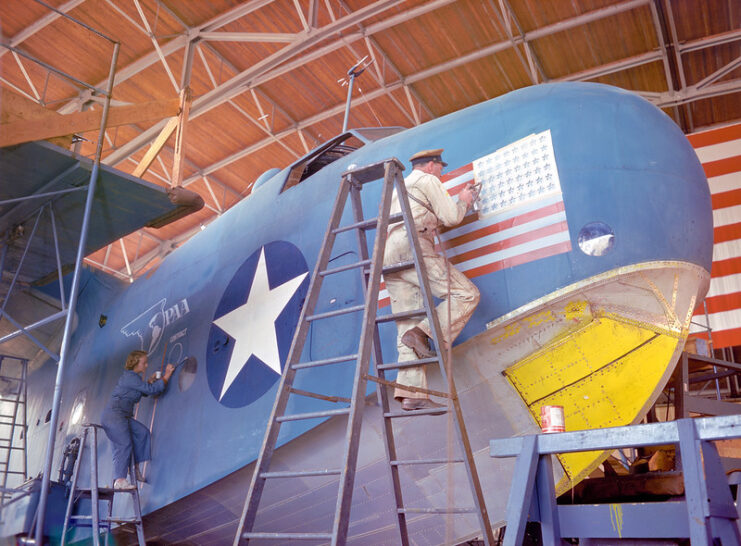
By World War II, color photography was far from new, but not yet widely used. The number of color photos was dwarfed by black-and-white images. However, thanks to the scale of the conflict, finding such photos from the period isn’t impossible.
As with any art, the subject matter is up to interpretation. Black-and-white photography has the potential to detach the viewer from the situation in focus. The vivid and bright colors of real life are missing in such a medium, which can cause the photo to lack emotional weight. A color image makes relating to what’s been captured much easier, making the victories, losses, sacrifices and short-lived peaceful times of war all that much more impactful.
With the passing of many of those who lived through and actively participated in WWII, it’s incredibly important to preserve and share these color photos, which immortalize moments and communicate so much more than their black-and-white counterparts ever could.
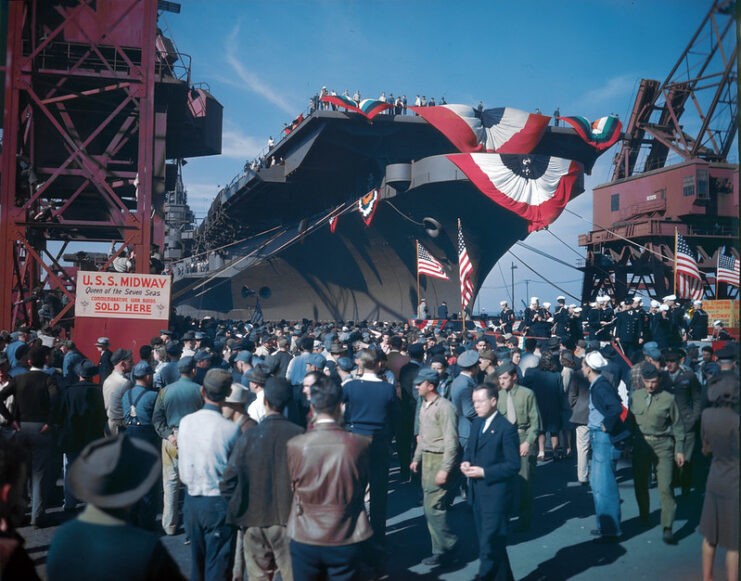
Thankfully, the National Air and Space Museum at the Smithsonian is doing just that. The facility’s staff and volunteers are in the process of scanning color photos from the Second World War. The scanned images are related to America’s war in the air, and the project is part of a $360 million, seven-year-long renovation that began in 2018, which will see all artifacts fully restored and the museum on the National Mall rebuilt.
The process of scanning these images is a long and arduous one. The museum staff is limited to short periods with the archived photos, as they are extremely delicate, and handling them improperly can easily destroy them. On top of this, the Kodachrome film used for color photography required a skilled hand, a long exposure time and preferable lighting conditions, a combination that seldom existed on the fast-paced frontlines of the Second World War.
As if all that wasn’t enough, Kodachrome film was complex to process, increasing the chances of mistakes during processing. Thankfully, unprocessed Kodachrome is very stable when stored in the dark; correctly stored film from the war still appears impeccable to this day when processed.
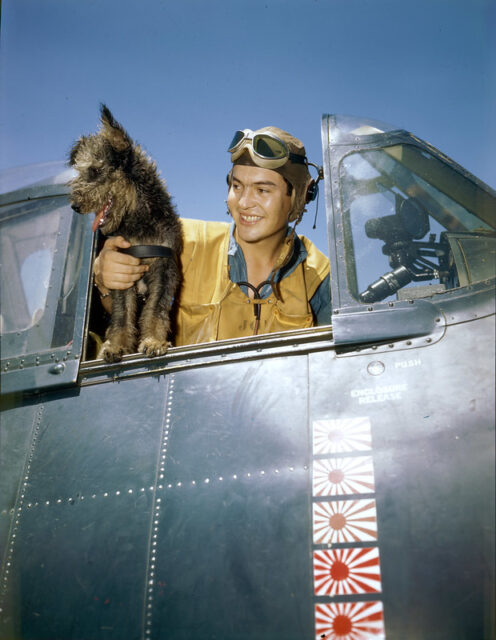
These color photos look almost surreal, showing us the early 1940s in a certain light and quality rarely seen before. The museum’s aviation focus means most of the images are aviation-related, showing aircraft, ground crews and aircrews; the people involved in history’s deadliest conflict are shown in a much more relatable way.
Some of the photos are of the huge American production lines, which churned out nearly 300,000 aircraft over the course of the Second World War. Pilots’ uniforms no longer consist of muted grays, but, instead, have rich brown flying jackets, pink skin and bright yellow life jackets.
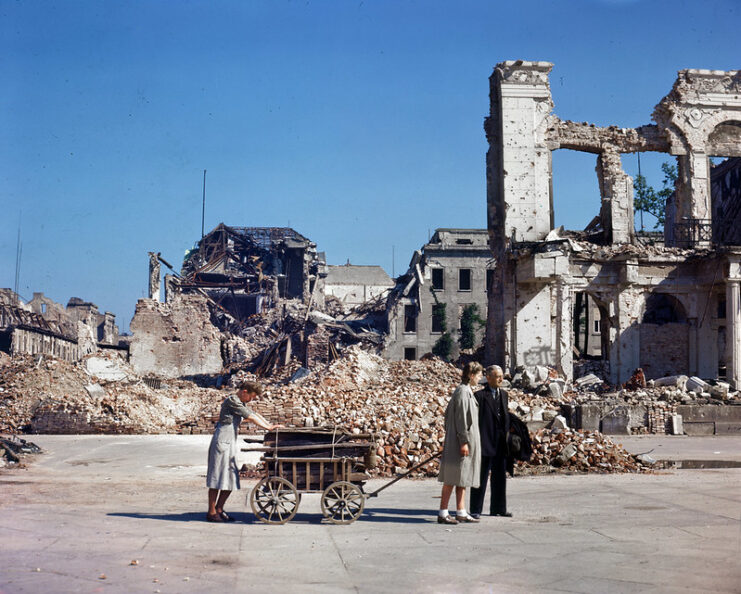
The Imperial War Museums in the United Kingdom have also released British color photos of WWII, taken on Kodachrome film. Similar to the National Air and Space Museum, these images are original color photos and haven’t been recolored.
Ian Carter, the author of a book containing these photos, told CNN in 2017, “You are seeing exactly what was taken. I know it’s common these days to see retouched photographs and colorized black & white photos, but this is the real deal.”
The photos originated from a very small amount of Kodachrome film secured by the British Ministry of Information during the war. It was then handed out to photographers to use sparingly alongside black-and-white photography. “They had a very limited amount of film and had to be very careful, therefore they must have had the film in a separate camera and used it for a couple of photos while taking black and white shots,” Carter added.
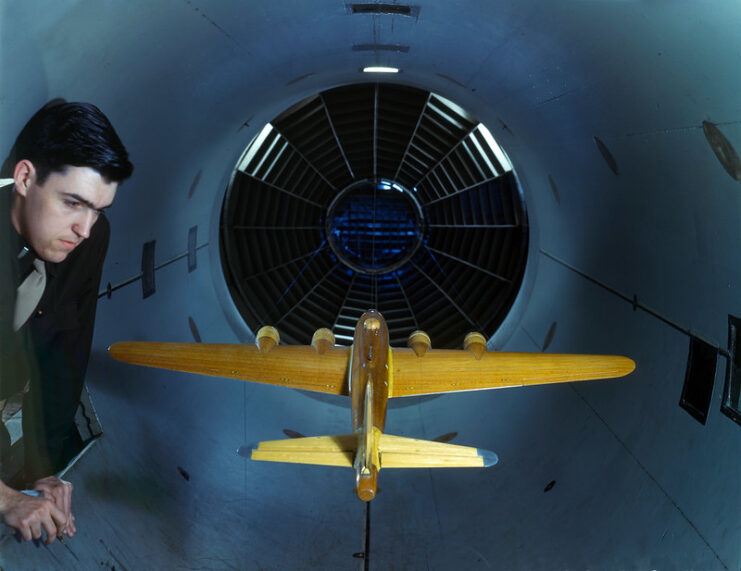
According to CNN, these photographers only captured around 3,000 images, half of which eventually went missing. The surviving half found their way into the Imperial War Museums’ archives, where they remain today. The photos are similarly breathtaking as those taken in the United States, and both reveal WWII in ways we’ve never seen before.
More from us: Battle of Moscow: A Crucial Turning Point In the Fight Along the Eastern Front
The National Air and Space Museum’s renovation is continuing and, when complete, its full display of color photos from the war will be incredible.
